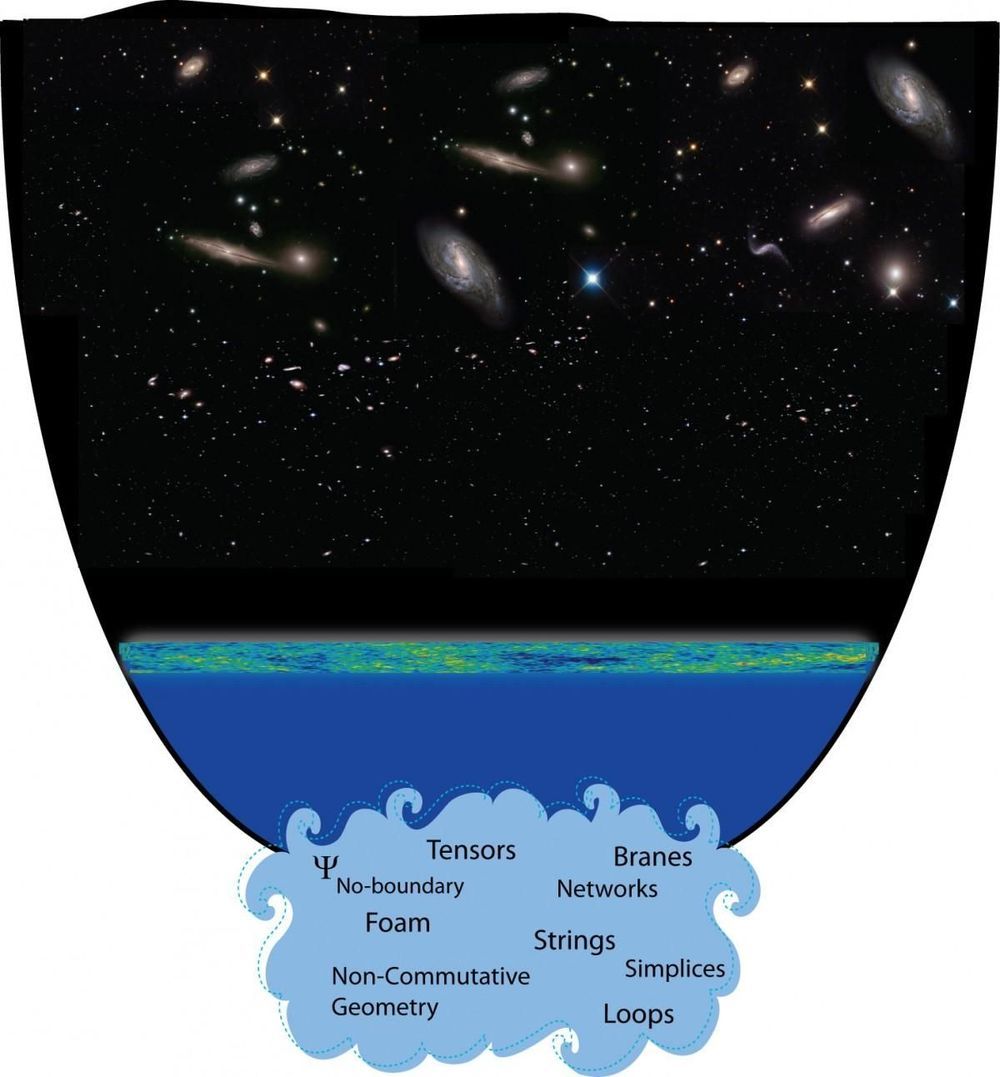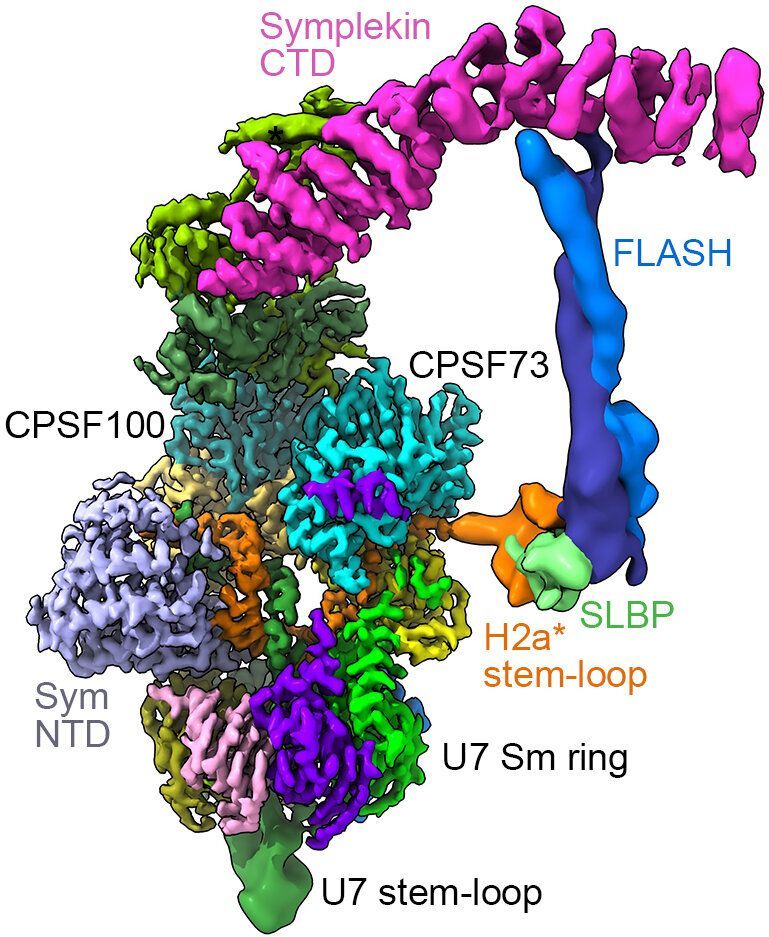For over 50 years, it’s been the scientifically accepted theory describing the origin of the Universe. It’s time we all learned its truths.



Raytheon and the US Navy have successfully fired a precision-guided munition that can be fired from a howitzer and zero in on a moving object. The recent test of the Excalibur S round not only demonstrated its ability to switch from GPS to laser guidance to find its target, but also that its electronics and sensors can withstand the shock of being fired out of a gun.
The Excalibur S is the latest variant of Raytheon’s Excalibur line of smart projectiles. Developed by Raytheon and BAE Systems Bofors, it uses the GPS technology from the Excalibur Ib, and combines it with a semi-active laser seeker that allows it to home in on moving land and maritime targets with a miss radius of under two meters (6.5 ft).
The Excalibur system is designed to work with a variety of artillery and can extend the range of a .52 caliber gun to over 50 km (31 mi) to hit or damage its target with the first round. When the Excalibur S is first fired, it uses GPS to make its initial target fix, then switches over to its laser sensor to home in on an outside targeting beam.

Scientists from the UNC School of Medicine, Columbia University, and Rockefeller University have revealed the inner workings of one of the most fundamental and important molecular machines in cells.
The researchers, in a study published in Science, used biochemical experiments and cryo–electron microscopy (cryo-EM) to determine the atomic structure of a complex assembly of molecules known as the histone mRNA three-prime (3’) end-processing machine. This machine plays a fundamental role in proper activity and duplication of the cell genome and when defective, it may lead to human diseases, including cancers.
Histone proteins are found in all plants and animals, and they form a “beads-on-a-string” arrangement where the DNA in chromosomes is wrapped around the beads of histones. Histones ensure the efficient packaging of DNA and help regulate which genes are turned “on” and which are kept “off,” processes needed for all cells to function properly.
China has applied to patent a drug candidate being developed by US biotechnology firm Gilead Sciences in its search for a cure for coronavirus infection. It could raise questions on intellectual property and marketing rights.
Watch CD Projekt Red’s stream, where it will showcase a 15-minute version of Cyberpunk 2077’s recent gameplay demo, where we expect to get details on Night City, playstyles, and more.

Four newly-discovered species of shark are capable of trotting around on land, using four fins as stubby legs.
They’re the most recently-evolved types of sharks known to science, according to CNET. And while they still live in the water, using their fins to crawl across coral reefs, they can briefly wriggle across dry land to migrate from one tide pool to another.

NASA’s Christina Koch returned to Earth safely on Thursday after shattering the spaceflight record for female astronauts with a stay of almost 11 months aboard the International Space Station.
Koch touched down at 0912 GMT on the Kazakh steppe after 328 days in space, along with Luca Parmitano of the European Space Agency and Alexander Skvortsov of the Russian space agency.
Koch was shown seated and smiling broadly after being extracted from the Soyuz descent module in the Roscosmos space agency’s video footage from the landing site.
MDMA and psilocybin have been granted breakthrough therapy status by the FDA, signaling a shift in the future of mental health treatment.
Clinical studies are underway. How we treat them moving forward matters.

Thoughts?
Despite centuries of colonization and agriculture, Cuba’s rivers are in good health.
Sugarcane and cattle farming on the island date back to the late fifteenth century. To measure water quality in Cuba’s rivers today, Paul Bierman at the University of Vermont in Burlington, Rita Hernández at the Cienfuegos Center for Environmental Studies in Cuba and their colleagues sampled water in 25 river basins in central Cuba. This is the first time in more than 60 years that scientists from Cuba and the United States have joined forces to study the island’s hydrology.
More than 80% of the samples had levels of Escherichia coli bacteria that exceeded international standards for recreational use. The bacteria are indicators of faecal contamination, and probably came from the cattle that graze on many riverbanks.